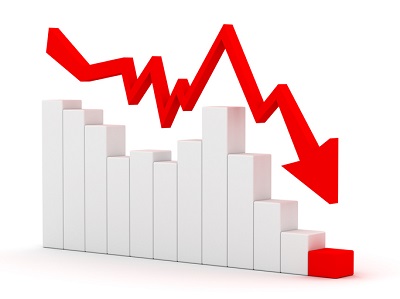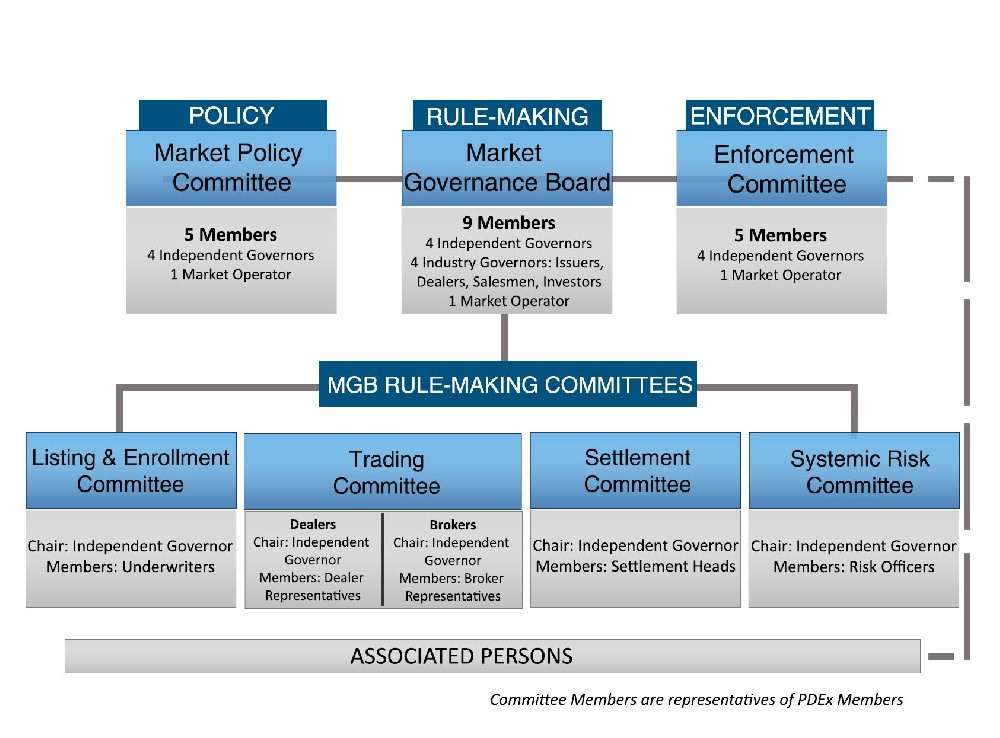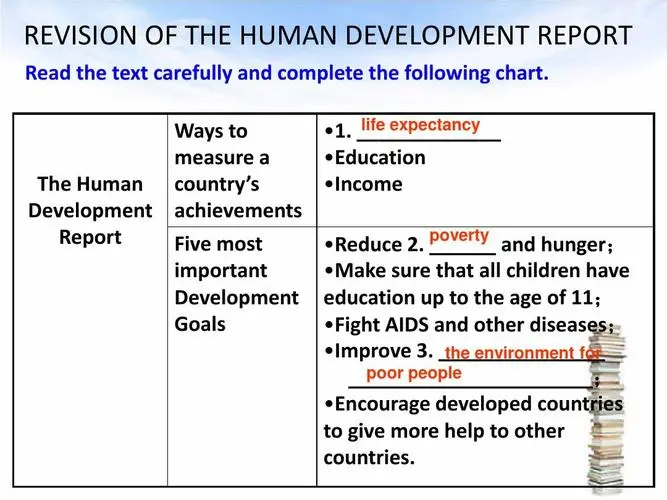Introduction:
In October, retail sales in the United States experienced a 0.1% decline, bringing an end to a six-month streak of gains. This drop can be attributed to falling prices for gasoline and cars. While the figures reflect a slowdown in consumer spending after a robust summer, the decline was smaller than anticipated. However, economists predict that consumer spending will continue to slow in the final quarter of the year due to rising credit card debt and declining average savings.

Key Findings:
- Retail sales fell by 0.1% in October, following a strong 0.9% increase in September.
- Excluding sales of gas and autos, retail sales saw a modest increase of 0.1%.
- The decline in sales was smaller than expected, indicating that consumers still have some spending power left.
- Online spending rose by 0.2%, while sales at electronics and appliance stores increased by 0.6% and grocery store sales grew by 0.7%.
- Sales at general merchandise stores fell by 0.2%, and home furnishings and furniture stores experienced a significant decline of 2%.
- Inflation in the United States slowed down in October, suggesting that the Federal Reserve's interest rate hikes have helped control price spikes.
- However, Americans continue to face rising costs for services like rents, restaurants, and healthcare.
- Higher costs for mortgages, auto loans, and credit cards are also impacting consumers, leading to an increase in credit card delinquencies.
- Retail giants like Home Depot and Target reported declines in sales, with customers cutting back on big-ticket items and discretionary spending.
Consumer Outlook and Holiday Sales Forecast:
The National Retail Federation expects shoppers to spend more during the 2023 winter holidays compared to last year. However, given the economic uncertainty, the pace of spending is expected to slow down. The forecast indicates a 3% to 4% rise in holiday sales for November through December, which is lower than the 5.4% growth seen during the same period last year. This pace aligns with the average annual holiday increase of 3.6% from 2010 to pre-pandemic 2019.
Conclusion:
While retail sales experienced a decline in October, ending a six-month period of growth, the decrease was smaller than anticipated. Online spending and certain sectors like electronics and groceries showed resilience. However, rising costs for services and increased debt levels pose challenges for consumers. The upcoming financial results from retailers like Walmart and Macy's will provide further insights into consumer behavior heading into the holiday shopping season.







